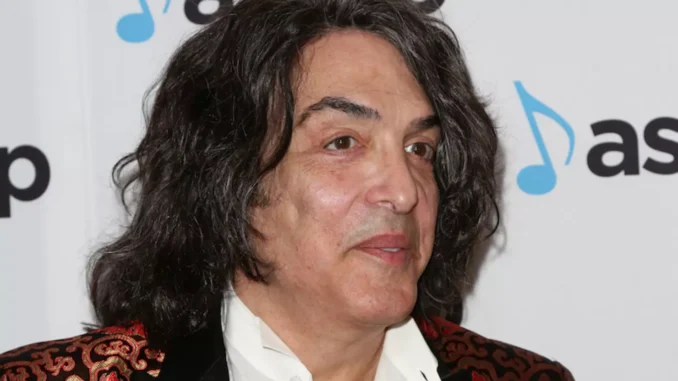
KISS BAND MEMBER PAUL STANLEY DISCUSSES HIS NEW AUTOBIOGRAPHY
‘I wanted [my children] to have a document of what I had done and I also realized that my life could be inspirational to other people,’ Stanley said of his decision to write the book.
By Erik Spanberg
A couple of young Jewish guys in New York, armed only with ambition and chutzpah, overcome the odds to become pop-culture heroes. Along the way, fueled by insecurities, they imagine personas that turn their weaknesses and fears into instantly identifiable characters.
Those statements sum up Michael Chabon’s novel “The Amazing Adventures of Kavalier & Clay,” but they also provide a thumbnail sketch of freshly minted Rock and Roll Hall of Fame inductees Kiss. Paul Stanley and Gene Simmons co-founded the band in 1972 and, two years later, the classic version of the group — with drummer Peter Criss and guitarist Ace Frehley— released its debut album.

Since then, critics have found Kiss as cartoonish as anything Kavalier and Clay conjured in their comic-book universe, while the band has sold more than 100 million albums and endless piles of merchandise. From condoms to coffins, and with plenty of T-shirts, posters and, yes, Halloween costumes thrown in for good measure, there is almost nothing Kiss hasn’t (or won’t) sell its legions of fans, known as the KISS Army.
Despite numerous missteps, Kiss’s influence is hard to overstate. Garth Brooks, Nirvana and Pearl Jam have loudly proclaimed their admiration for Kiss while, for better or worse (okay, often worse), the MTV hair-metal generation led by Motley Crue borrowed liberally from Kiss concert theatrics such as extensive explosions and fireworks and elaborate staging.
Of the band’s early experiments with explosives, Stanley writes, “Pyro had not yet become a science. We just ‘auditioned’ a few maniacs who liked to blow [stuff] up.”
The band shows little inclination to slow down any time soon. On June 23, Kiss kicks off a summer-long US tour with Def Leppard. After plunging in popularity and relevance through much of the 1980s, the original quartet reunited in 1996, bringing back its signature makeup and stage show for several sellout tours.
Old tensions flared and the co-founders once again replaced Criss and Frehley. They’ve kept touring since, still a reliable draw at arenas and amphitheaters.
On April 10, they became Hall of Famers after 15 years of snubs. (The 2014 class also included Hall and Oates, Peter Gabriel, Linda Ronstadt, the E Street Band, Cat Stevens, and Nirvana; the ceremony at Brooklyn’s Barclays Center premieres May 31 on HBO.)
At the induction, the band opted against performing, the result of lingering feuds over who would be on stage: the original members only, newer members or a combination. No one could agree, including the hall itself, so Kiss, the ultimate arena act, didn’t perform at an induction ceremony staged in an arena and held, in part, to honor the band’s raucous concerts. They did manage to make acceptance speeches together in civil fashion.
Stanley, the rhythm guitarist, and Simmons, who plays bass, have shared lead vocals on most of the band’s songs and wrote or co-wrote the majority. They also preside over the lucrative business of Kiss.
While the tongue-wagging, demon-faced Simmons long ago became the band’s focal point, Stanley’s Starchild, Criss’ Catman and Frehley’s Spaceman are familiar to at least a couple of generations of rock fans. This spring, Stanley became the last of the original band members to share the story behind the makeup, the theatrics, and the inevitable excesses and missteps of sudden wealth and fame in an autobiography.

Leave a Reply